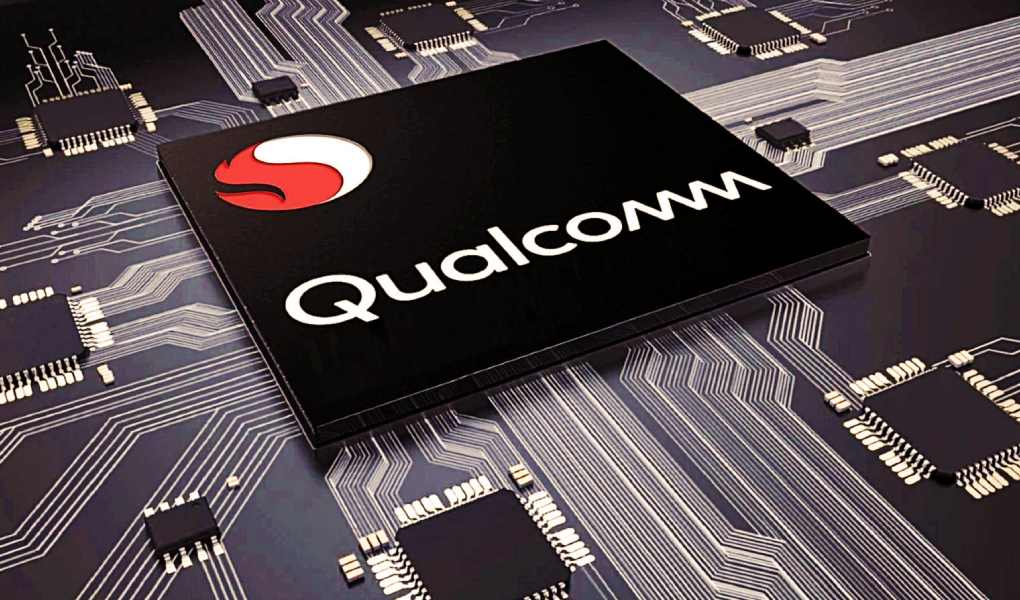The new Qualcomm Snapdragon W5 Gen 1 and W5 + Gen 1 are official: more power, less consumption, and more functions in a minor chip.
Qualcomm officially presented the new chips for high-end smartwatches and took the opportunity to standardize the name of this platform to that for smartphones. The new chips for smartwatches, therefore, are called Qualcomm Snapdragon W5 Gen 1 and W5 + Gen 1 . These two chips replace the previous Snapdragon Wear 4100 and Wear 4100+.
According to Qualcomm, the advantages of W5 Gen 1 over Wear 4100 are on all fronts: autonomy, power, size, scalability, and even the possibility of offering new functions on devices that were not previously present. There is also compatibility with more modern technologies, such as LPDDR4 for memories and Bluetooth 5.3 for connections. Above all, there is the possibility to customize the platform to customize the product, creating a medium range and a high range of smartwatches with increasingly exciting features. Among the technical data, one immediately makes it clear how much Qualcomm is focusing on this new generation of smartwatch chips: the 4 nm production process(the same as the top-of-the-range smartphone chips) against the 12nm of the Wear 4100 chips.
Snapdragon W5 Gen 1: Technical Characteristics
Snapdragon W5 Gen 1 and Snapdragon W5 + Gen 1 are SoCs built with a 4 nm production process, with four-core Arm Cortex A53 architecture flanked by an M55 coprocessor and an Adreno A702 GPU. Data that says little to most but that promises great benefits.
According to Qualcomm, the new chips, compared to the previous ones, are twice as fast and consume half as much. They are also 30% smaller, which is very useful on a device with little space, such as a smartwatch. The new chips can also handle health sensors that are active all day and go deep energy savings when required.
Snapdragon W5 Gen 1: The First Products
Qualcomm, presenting the new Snapdragon W5 Gen 1 platform, also announced that the first to use it would be Mobvoi and Oppo. The new chips will be compatible with the Google Wear OS, Android, and Free RTOS operating systems. It has not been specified, but it is reasonable to assume that the new platform is compatible with Google Wear OS 3.
Finally, no official information on when the first smartwatches with these chips will arrive. However, the indication of the first two commercial partners is a clear indication that not much is missing.



